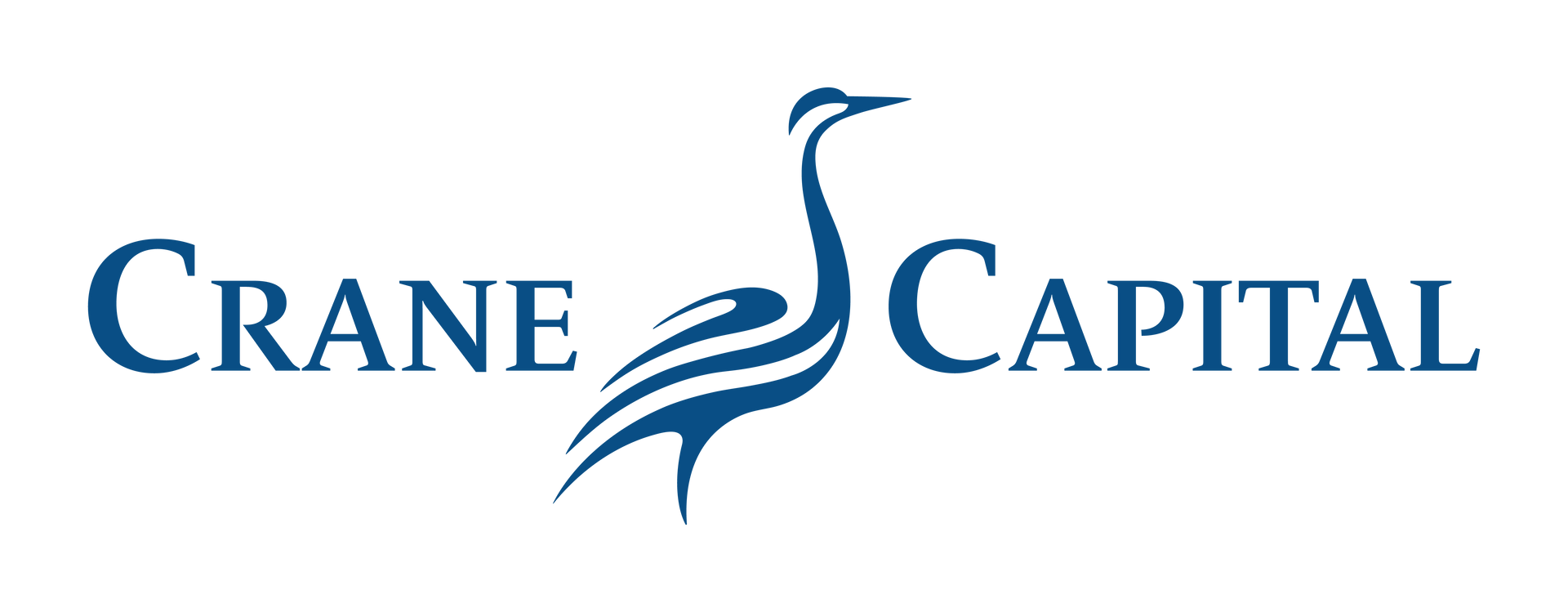College Education Planning for Families
Preparing for Tomorrow’s Education Costs
Funding a child’s education is one of the biggest goals many families face. Whether you’re saving for the University of Minnesota, a private college out of state, or graduate school down the road, costs are significant and rising. Crane Capital Management helps families in Minnesota and across the country create college education planning strategies that balance this priority alongside retirement, home, and
other financial goals.
Strategies for Saving and Paying for College
529 College Savings Plans
529 plans offer tax-advantaged growth for education expenses. In Minnesota, families may qualify for a state tax deduction or credit on contributions. We guide clients on how to use these plans effectively, including whether parents, grandparents, or others should own the account.
Custodial Accounts (UTMA/UGMA)
These accounts can be helpful in certain cases, though control shifts to the child at the age of majority. We evaluate when custodial accounts make sense and how they may affect financial aid eligibility.
Coverdell ESAs
For families with smaller, targeted education savings needs, Coverdell ESAs can be an option, though contribution limits apply.
Trusts for Education
For families with complex wealth or multigenerational goals, education trusts coordinated with estate attorneys may be appropriate. We work closely with your legal team to align these strategies.
Scholarships and Financial Aid
While we don’t provide scholarships, we help families understand how assets are counted in FAFSA and other aid calculations, so your savings plan supports rather than hinders financial aid opportunities.

